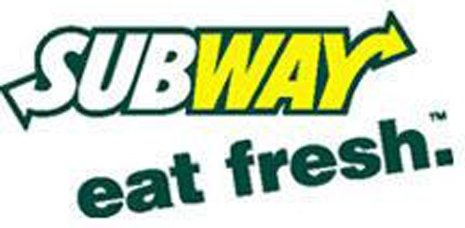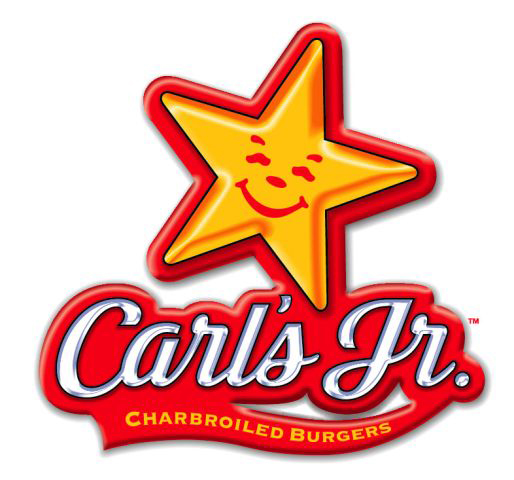 |
Subway Restaurants
The Business Challenge
Throughout the 1990’s and early 2000’s, Subway Restaurants struggled with how to position and merchandise combo meals on their menuboards. Unlike burger chains with a straightforward sandwich/fries/drink equation, Subway faced multiple challenges:
· An unusual side item: packaged chips.
· A complicated, highly customized, ordering process that led to customer fatigue and inconsistent up-sell by crew (versus the typical numbered combo/beverage flavor ordering process for burger chains)
· Locations often near or even inside convenience stores with similar products, often at a lower price.
· A very low incidence of on-premise dining.
Solution
My cross-functional team conducted an assessment of Subway’s menus and how customers interacted with both the menus and the total in-store environment, using hands on customer research, to determine the most effective way to target the key areas of opportunity. This information in hand, I was able to lead a team of information architects and designers to create a new menu that:
· Mirrored the in-queue customer experience and recognize the decreasing viewership of the menu as guests begin to interact with Sandwich Artists
· Leveraged the known sales driving power of quality food photography
· Created a natural way to merchandise the addition of multiple new combo options as part of the Subway Fresh Fit Meal program
· Could be localized easily for a variety of menu configurations, languages and local market conditions
Outcome
Leveraging existing customer behavior, rather than trying to change it, allowed Subway Restaurants roll out a new menu system that, paired with substantial product changes to their combos, immediately delivered same-store sales growth. In addition, due to planning for international versions of the menu throughout the development process, deploying Canadian menus launched at the same time as US menus, while Australian, New Zealand and UK menus launched within 90 days of the US launch.
 |
Carl’s Jr.
The Business Challenge
Carl’s Jr. had long relied on its advertising agency to manage its POP print production and its own distribution centers to deliver that POP to its restaurants. As the business grew and both print production and logistics evolved, it became increasingly obvious that the company was spending too much and was not sufficiently fast to market with its POP solutions. The situation culminated in a series of missed in-store dates due to faulty production.
Solution
After reviewing a number of options, including bringing production management in-house, I determined that we needed to do the following:
· Control POP expenses by creating a store profile system and then only sending POP elements to those units that could use them.
· Utilize state of the art printing processes and materials to ensure quality message delivery and operational performance.
· Fulfill POP from a centralized location utilizing accurate customized shipments for each unit.
· Ensure that franchisees pay the full cost of their POP to help eliminate waste at the unit level and ROI accountability in the brand planning process.
Outcome
To achieve these goals, I conducted an RFP process that resulted in the selection of a single vendor to manager print production, fulfillment and billing. This move resulted in:
· An overall system savings of more than $2 million a year in POP costs through better cost control, improved economies of scale and the elimination of billing errors.
· No missed in-store dates in first 3 years of the implementation.
· An order accuracy rate of 99.7% annually.
· Transferring of more than $4 million of float to a 3rd party, improving and controlling company cash flow.